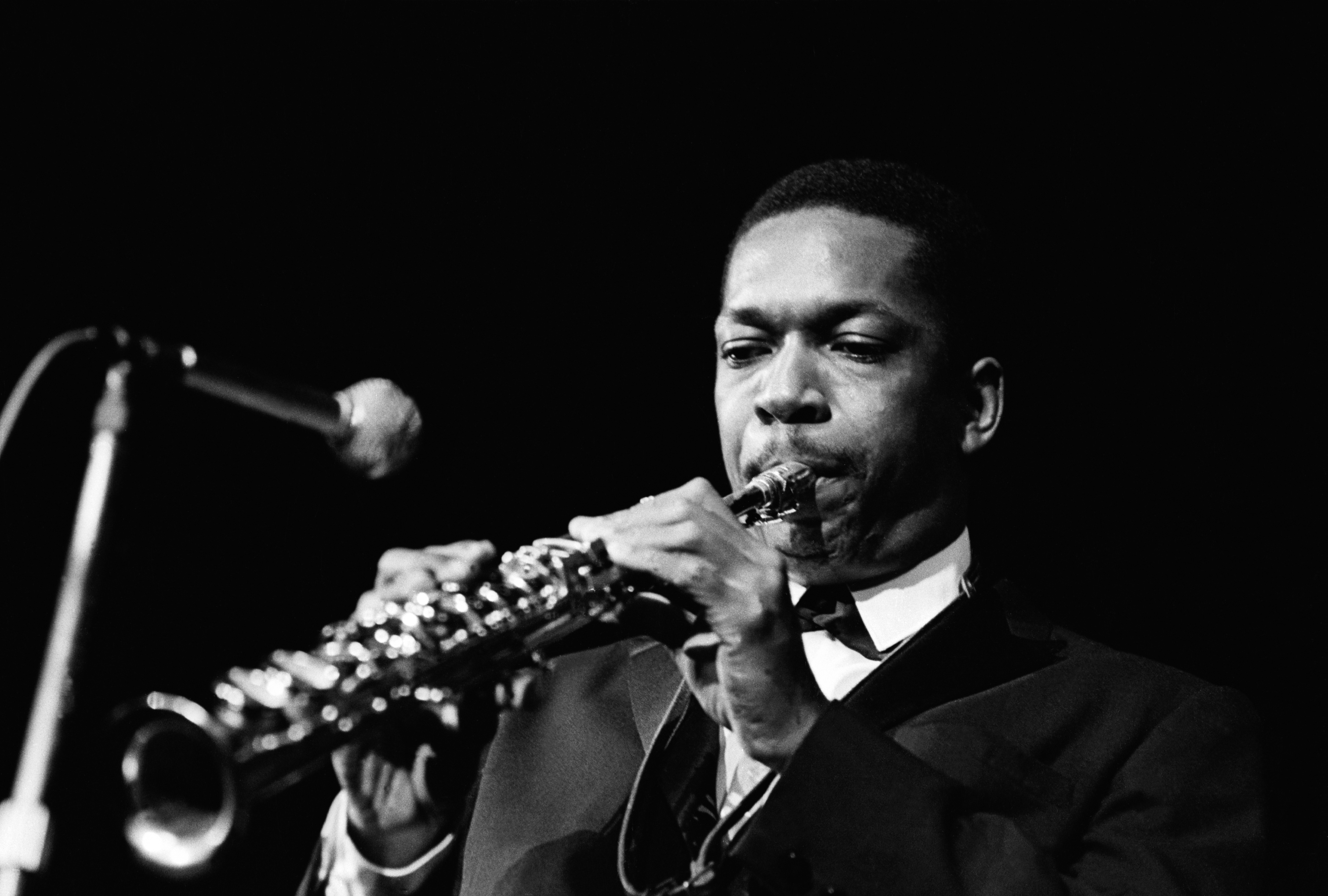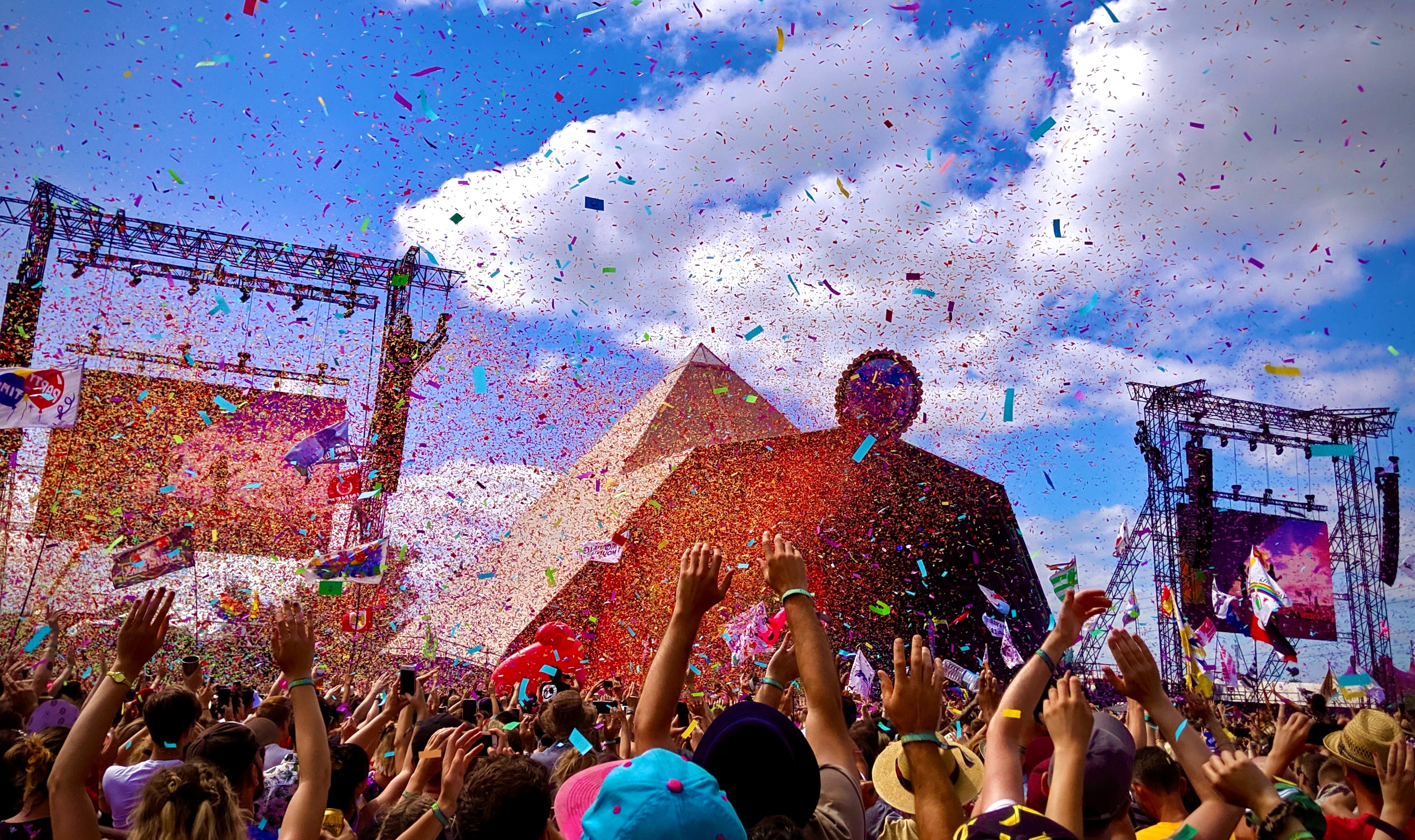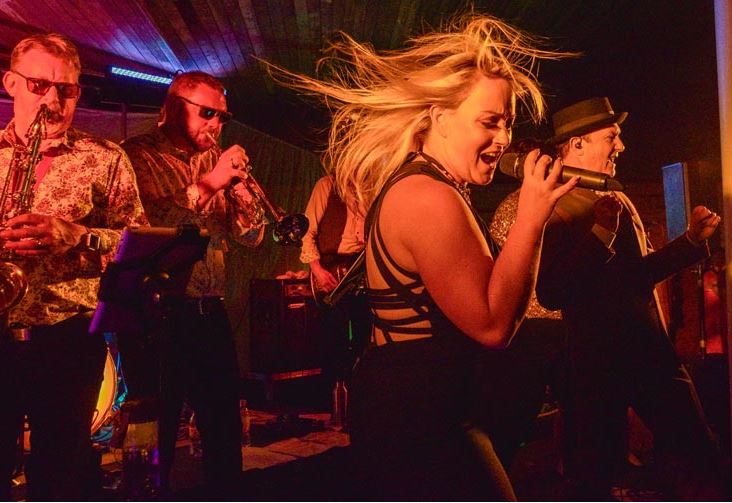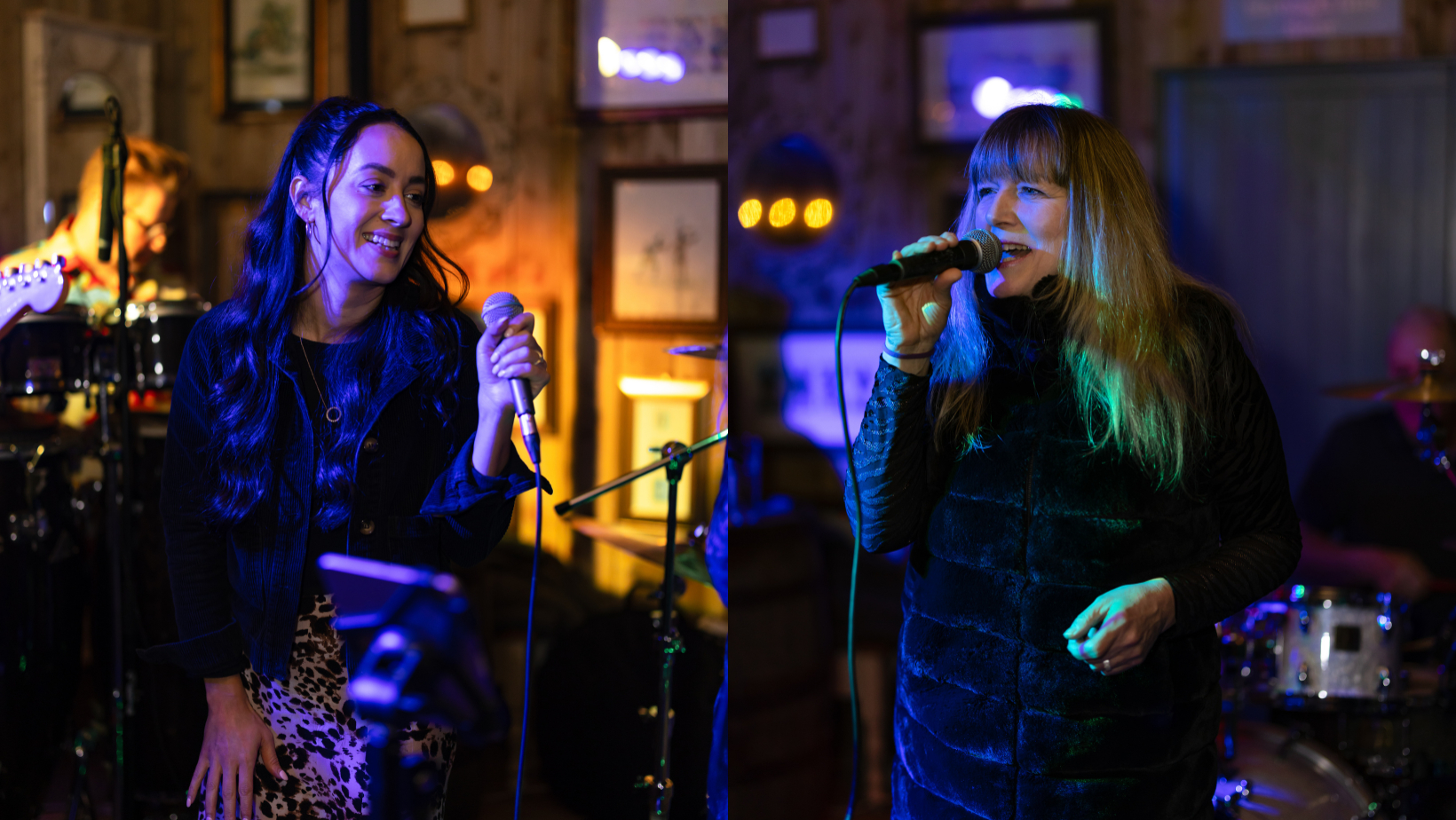It’s no secret that we love jazz music (it’s in our name after all), so in this blog post we decided to throw it back to where it all began.
If you’ve ever wondered what the history of jazz music was, read on to discover more…
1910s – 1920s jazz music
Jazz music originated in the African-American communities of New Orleans, Louisiana in the late 19th & 20th centuries with it’s roots firmly in blues and ragtime genres.
In the 1910s, New Orleans jazz was a combination of brass band marches, ragtime and blues, however it was really in the 1920s that jazz became recognised as a major form of musical expression in both traditional and popular music.
1930s – 1940s jazz music
Following the 1920s Jazz Age, in the 1930s, jazz music turns to the styles of more arranged, dance-oriented swing big bands, Kansas City Jazz (think hard-swinging and bluesy) and Gypsy Jazz.
Popular jazz figures of this time period were Count Basie, Duke Ellington, Benny Goodman & Glenn Miller to name a few.
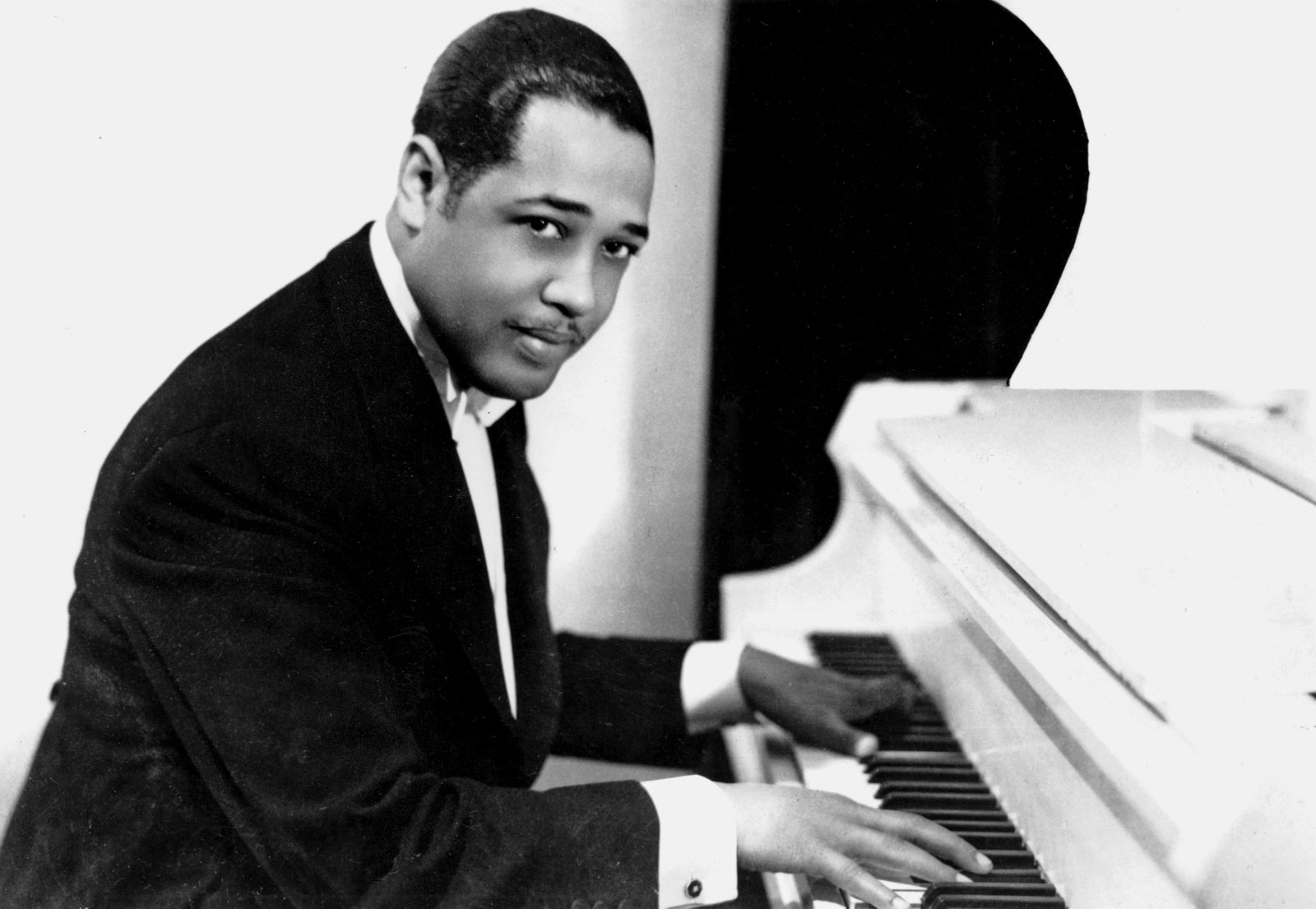
In the 1940s, Bebop emerged shifting jazz from the more danceable swing genre of the 1930s to more of a musician’s music played at faster tempos. Cool jazz developed at the end of the 1940s with artists such as Charlie Parker, Dizzy Gillespie & Thelonious Monk taking hold of the jazz scene.
1950s – 1960s jazz music
Influenced from rhythm, blues and gospel music, in the 1950s we see the emergence of hard bop jazz music. This is also the era that the saxophone and piano play a key part in the genre.
By the 1960s, jazz forms a fusion with rock music combining the improvisation of jazz with the rhythms, electric instruments and amplified sounds from rock.
Notable jazz artists at this time are Miles Davies & John Coltrane.
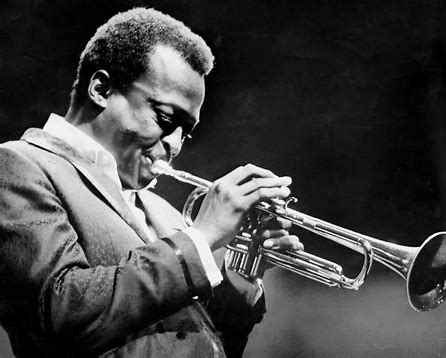
1970s – 1980s jazz music
Throughout the early 1970s, the jazz-rock fusion is still ongoing, however when we reach the early 1980s, smooth jazz is a popular genre. This type of jazz music garnered significant radio airtime too. This time period was characterised by some very special black British musicians such as the pianist Julian Joseph and the saxophonists Steve Williamson and Courtney Pine.
Fast forward to the 21st Century and we now have Latin jazz and Afro-Cuban jazz to add to the history of this formidable music genre.
We hope you enjoyed reading about the history of jazz music and how it has developed over time. If you would like to watch live jazz with us, please visit our What’s On page for our next live music events: Best live band club events: The Jazz Cafe

